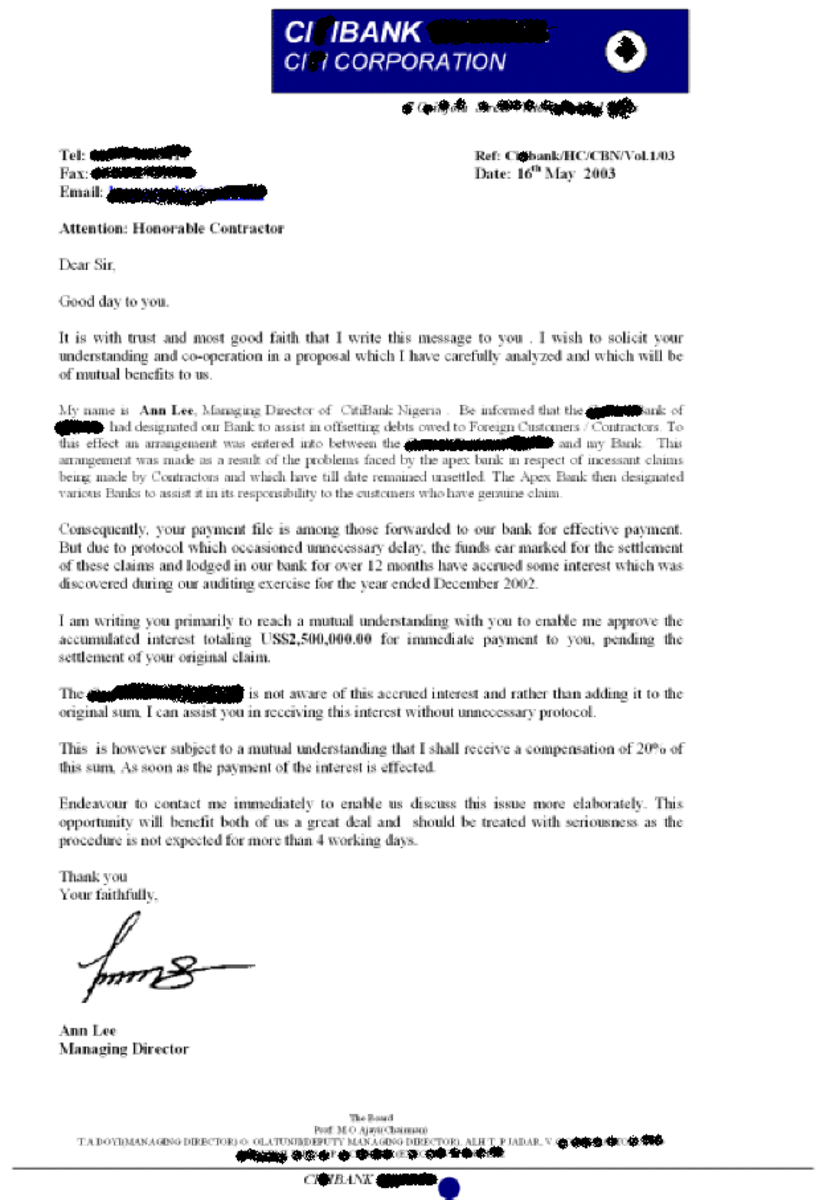Fraud in Insurance Companies
Executive summary
According to the Institute Of Internal Auditor’s International Practices Framework, fraud is described as any illegal action that involves concealment, deceit or desecration of trust. Fraud is different from physical force or widespread violence efforts. Fraudulent acts are perpetrated by people or organizations, to deprive other parties’ privilege to certain monetary benefits, services or property. In the case of an insurance company, fraud is practiced to give the company a business advantage or to prevent the Firm from incurring losses (Arvai and Rivers III).
In the fastest growing economies in the world, for instance, India and the United States, the demand for insurance products or services has intensified. Over the last one decade, insurance companies in India have grown their capital at a rate of 20% annually. However, irrespective of this immense growth in capital and profits, the incidences of insurance frauds have also intensified. Numerous studies have shown that insurance fraud encompasses illegal acts and illicit business practices. Therefore, this paper looks forward to describing these illegal practices and actions critically.
Auto insurance fraud

Introduction
The insurance of people’s interests has become a critical ingredient of the complexity and risk management for business, social groups, and individuals. Insurance has aided individuals to adapt to increasingly uncertain and complex circumstances. The essential functions of insurance companies are to collect, accumulate and manage clients’ savings thus, making them imperative institutional investors. Thus, insurance companies should exercise a high level of professionalism mainly on how it disseminates information to the underwriters.
Insurance is a relationship between an insurer and the insured, against payment of an amount called premium. The insurance is binding when there is an insurable interest that both the parties agree to ensure. The insurance business relies on both parties’ ability operate on the principle of utmost good faith. The insurance business has positioned itself as a core pillar of our society. Besides, the impulse trends toward globalization and technological advancement have exposed the insurance industry to various challenges.
Insurance fraud impacts entities in numerous ways, for instance, distorted operation, psychological and financial strategies. The most significant loss that can be attributed to fraud is the financial loss. A critical analysis of effects that fraud instills to a firm can make a firm lose its reputation. On the same ground, research has asserted that fraud can lead to a devastating customer relationship. Nonetheless, many insurance companies in Germany, France and United States contended that internal customers or employees perpetrate insurance fraud(Koller).
This paper will, therefore, analyze company journals, books, and newspapers to provide insight on this matter. To successfully achieve my objective of tackling the issue of insurance fraud forms a critical point of view, I intend to perform personal research. From this point, I will be able to support the critics attributable to this topic. The finding presented in this paper will display firm understanding regarding the causes and effects of fraud in the business world. The paper will also show remedies applicable to address this challenge to individuals and companies.
Discussion and Analysis
Reasons for Upsurge in Insurance Fraud Cases
According to a recent survey by International Association for the Study of Insurance Economics 2013, the respondents indicated that insurance fraud cases have increased by 40% for the last two years. The survey results indicated that enthusiasm to make a high profit was the key motive for insurance fraud. The law of insurance and contract clearly states that restrictions on how insurer and insured are supposed to relate to preventing these challenges.
The study was able to gather the following findings. The assessment provided that 40% of the respondents believed that the cases of insurance fraud in companies have intensified due to lack of ethical and moral consideration by workers and management negligence. On the other hand, the case of insurance fraud was also promoted by insured malicious actions to defraud the insured. Some respondents argued that some people claimed indemnification from an insurance company when they knew that an uninsured peril had destroyed their assets. In reducing losses on their side, they may call the insurance company to inquire that their asset is fully covered from all dangers.
Furthermore, other respondents claimed that despite this upsurge in fraud cases, companies had made a wake-up call to all stakeholders because these fraud acts are driving up the operation costs of the insurer and the premium payable by the policyholders. If this situation is not regulated, analysts warn that it will distort the viability of the company products and society and also profitability. For this reason, insurance specialists have come forward to try and offer solutions or ratifications to the causes of this fraud. For that matter, several types of insurance fraud have been discussed (Dionne).
Categories of Insurance Fraud
There are three main classifications of insurance fraud. The branches include:
External and internal fraud
External fraud is a fraudulent action committed by people outside the company premises. The characters’ include the policyholders, applicants, and claimants. This form of fraud is mainly undertaken when external parties collude with insiders. The insiders to an insurance company premises may be third party service providers, brokers or agents. This collusion provides individuals with an unascertained ground of transmitting their bogus claims. Professional service providers may also perpetrate this unethical behavior to the company e.g. insurers, claimants, and middlemen responsible for selling company products.
On the second category, comes the internal fraud. This fraudulent or heinous act is mainly perpetrated by insiders of an insurance company. The private parties involved include; insurers workers, managers, brokers, and agents. The fraud activities that can be perpetrated consist of; embezzlement of insurance funds and selling insurance products without permission and proper license. It may also include non-adherence to the laid down insurance rules and procedures. Additionally, workers or managers can interfere with important investigations that are aimed at showing conspiracies in the firm.
Claim vs. Underwriting
Fraudulent action can be practiced both at application and underwriting time. Particularly, underwriting fraud consists of crooked doings perpetrated during the renewal of an insurance cover or contract; for instance, the dissimulation of information during presentation or application (application swindle). This act is committed so that an individual can receive or obtain contracts or covers at lower prices (premium fraud or fiddle). This fraud is committed deliberately, thus, concealment of existing or standing insurance contracts covering the same assets or interest and causality risks is kept high secret. Nevertheless, the concept of insurance fraud is principally associated with, and sometimes condensed to, the case of calculatingly false, inflated, fictitious or false claims(Arvai and Rivers III).
Hard vs. Hard fraud
When it comes to using broader terms to describe insurance fraud, one characteristically differentiates between hard and soft fiddle. The term ‘soft’ is deemed to be sketchily associated with unsolicited opportunistic acts that are mostly done by honest individuals. The types of behaviors that fall under this category are always not clear, so, it depends on stakeholders to use complex terms to inflate the damages that they ought to be paid. When soft fraud is critically evaluated and monitored, it can be concluded that these actions were legitimate.
On the hand, hard fraud is greatly associated with minutely and premeditated effected swindles to gain certain insurance benefits. According to the department of criminal justice in the United States, these actions are reserved for a criminal offense. Examples of hard fraud include bogus accidents, injuries, fires, burglaries and dishonest insurance workers or agents who intentionally fail to remit insurance premiums to the company.
For instance, the following actions can occur to represent various fraud activities committed by both external and internal perpetrators. A former worker at an insurance company may cheat the company clients by issuing them with counterfeit receipts. Another instance may occur when a divisional supervisor or manager allegedly collects money from unsuspecting customers and issues them with insurance covers but later uses the money for his personal use.
Potential perpetrators of insurance fraud are as diverse as prospective victims of their actions. At one time, policyholders are either affected directly or indirectly by insurance fraud. Some sections of the vast population in need of insurance products are either young, elderly or immigrants, who are all susceptible to insurance swindling. The monetary value of insurance fraud varies from a small amount (soft corn) to larger amount (hard swindle).
Cost of Effects of Insurance Scam
Before the 1980s, no attempts were done to address the issue of insurance fraud. Conversely, some British scholars started showing concern on this topic where they deduced business, travel, home and motor covers. In the face of increasing insurance cost and surging competition in the insurance industry, the measurement application will continue to prove the seriousness of matters concerning insurance scams. Numerous sources have recently shown their zeal to assess costs and extents of the insurance fraud phenomenon into quantifiable terms.
Past attempts to quantify the cost of insurance fraud have shown many paucities because the costs are based on large guestimates, narrow focus or one-time snapshots. However, few areas have been given attention, for example, automobile lines, employees’ compensation and health insurance. Besides, little has been done regarding scams in life insurance contracts and disability lines. Additionally, the insurance fraud costs have for a long time failed to incorporate other related expenses, for example; investigation, detection, or maybe prosecution insurance cons fees.
Areas that need more strict anti-scam regulations
A survey that was conducted in the United States stated that more than 50% of the respondents expressed the need for more harsh regulations in the areas of the surrender of contracts or claims of insurance benefits. A scam risk arising from surrender or claim being the principal concern for many insurance firms’ calls for more intervention and stringent guidelines. This means that if insurance frauds are detected on time, it will be easy to help insurers minimize their costs.
There are three major aspects that insurance companies should employ more emphasis on, and proper concentration. These areas comprise of claims, premiums, and applications. For example, in a country like India, which is termed as a developed country, it is alleged that the insurance industry is losing 10 billion Indian Rupees per annum. The most common impact of insurance fraud is that it leads to financial losses. It also leads to an upsurge of policy holders which is not an ideal strategy to employ to an insurance business.
If this trend continues, it means that surrender or claim would be susceptible to value increase thus distorting the long-term company proceedings. On the contrary, firms can adopt a technique known as the hybrid principle to detect these acts. This approach is very important when it comes to profiling rule. It enhances scrutinization of fraudulent activities more easily and efficiently primarily with the help of an advanced analytics software.
Some of the measures used or taken by many insurance companies to check availability fraudulent activities or med-claim have been in full denial. The policyholders are only allowed to bring papers from the hospital, but little is done to compensate them. Where the insured fails to submit their documents after they have been discharged from hospitals within a certain stipulated time, their benefits are usually canceled. This is a painful situation that many policyholders encounter when they want insurance companies to indemnify them from a certain peril (Arvai and Rivers III).
Conclusion
For this fact, countries like India and United States have moved a step further to curb losses associated with healthcare insurance funds. For instance, in India, more than 1320 billion Indian








